https://www.1stdibs.com/introspective-magazine/lincoln-glenn/
Lincoln Glenn Gallery Rediscovers American Art That Time Forgot
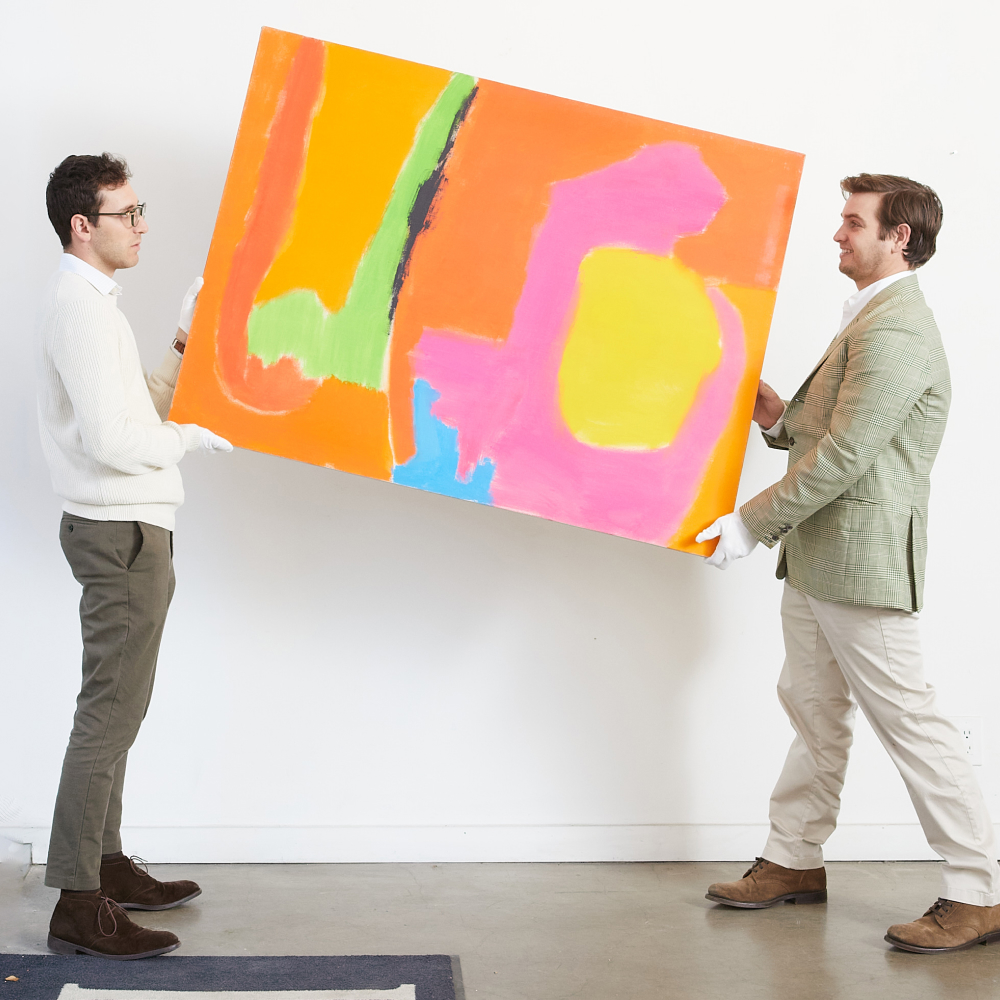
November 10, 2024In 2018, Douglas Gold’s parents were moving house in Bellmore, New York, and decided to have a tag sale. Among the items they’d hoped to unload were a few exceptional paintings, so they hired an expert to choose the best ones to advertise.
Eli Sterngass saw the ad, and he had one free day between ending his job at Questroyal Fine Art, a gallery specializing in 19th- and 20th-century American paintings, and starting a new one at the art-appraisal firm Gurr Johns. He took the Long Island Rail Road from New York City to Bellmore to check out the Golds’ sale.
When Sterngass, then 24, met the couple’s son, who was 22 at the time, he recognized a kindred spirit. “I was shocked to find someone my age who was equally or more knowledgeable about early American paintings,” he recalls. “We became fast friends socially, and I brokered a painting by George Condo for Doug.”
Over the next few years, Sterngass worked his way up from associate researcher to fine-art appraiser at Gurr Johns, and Gold became director of the gallery Graham Shay 1857, on Manhattan’s Upper East Side.
By 2022, the two men felt seasoned enough to launch their own space, Lincoln Glenn gallery, in the town of Larchmont, following a wave of New Yorkers to the suburbs and exurbs during COVID.
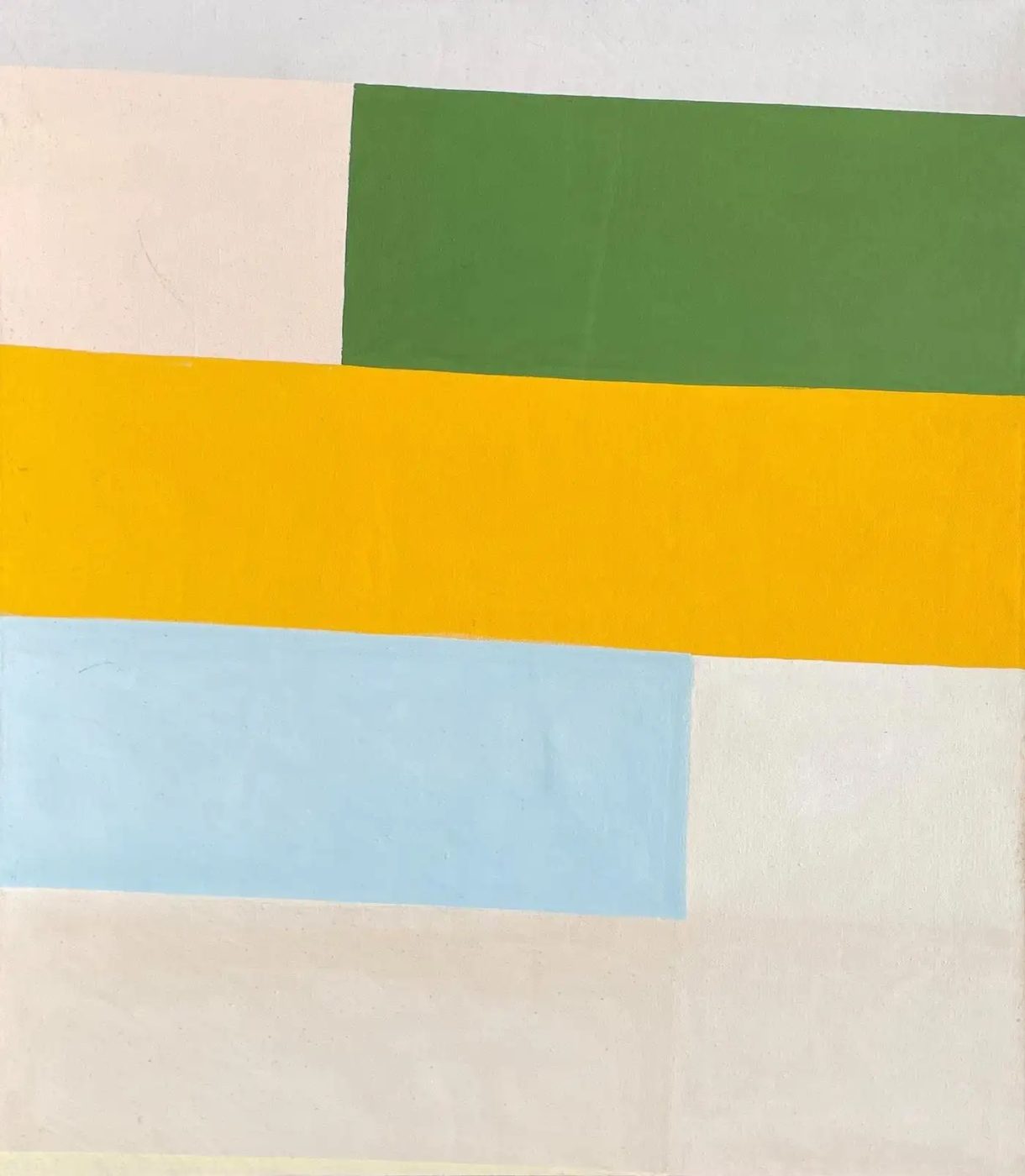
Lincoln Glenn quickly gained a reputation as a place to discover exciting works by lesser-known American talents — like Abstract Expressionist Sherron Francis, Color Field painter Calvert Coggeshall, Surrealist Gerome Kamrowski and landscape painter Georgina Klitgaard — who had shown their creations alongside the biggest names of their day but who vanished from the limelight for one reason or another.
In May of last year, Lincoln Glenn opened a second location, inside Graham Shay 1857, to showcase its more traditional paintings by American Impressionists, Hudson River School painters and Ashcan School artists. Six months later, Sterngass and Gold relocated their flagship from Larchmont to New York’s Chelsea gallery district, focusing on abstract works by postwar painters.
Asked about the moniker Lincoln Glenn, the founders explain that they preferred it to one composed of their own names. “Gold Sterngass does not have a ring to it and may sound more like a law firm,” says Sterngass, who hails from Saratoga Springs, in Upstate New York. “We opted to combine our hometown streets.”
Introspective caught up with the young gallerists to find out more about their adventures in art dealing.

What’s the rarest or most unusual object you’ve ever handled?
Douglas Gold: The rarest item I handled was a work by Sanford Robinson Gifford that depicted confederate soldiers on a bluff overlooking Maryland. Gifford was one of the leading artists of the Hudson River School and is known for his luminist landscapes.
He painted this work in 1864, when he was a member of the Seventh Regiment of the Union Army, and then exhibited it in 1872 at the Parisian vendor Goupil & Cie, where it was purchased and lost for 150 years.
What’s one piece that exemplifies the type of material you gravitate toward?
Eli Sterngass: I love this recent acquisition by the American illustrator Frances Rogers. The 1915 painting was the cover illustration for a book titled The Lightning Conductor Discovers America.
It’s certainly well-painted, but I especially love that it’s a female artist painting a female subject for a female author. And the antique automobile is awesome!
How do you go about finding lost art treasures from the past century or two?
Gold: We pore through old exhibition catalogues of museum group shows, as well as major galleries, searching for names we aren’t familiar with. The work of the artist has to be of quality and match the interesting bios.
Artistic innovation is always something we seek out. We recently purchased the research library of legendary dealer Joan Washburn, of Washburn Gallery fame, and that has been an amazing resource.
Except for the artist estates that we represent, we own most of what we’re selling, as we’re both collectors at heart and like to actively participate in the market. Because we like to buy, we have a network of “pickers,” collectors and dealers who offer us new material each week.

Tell us about a couple of the artists you have rediscovered.
Sterngass: Sherron Francis was represented by André Emmerich, the top gallery for Color Field painting in the nineteen seventies, but had not shown her paintings in decades. After researching her work and biography, we called her, following an introduction from a mutual friend. She still had hundreds of paintings from fifty years ago that hadn’t seen daylight in years. She still had hundreds of paintings from fifty years ago that hadn’t seen daylight in years.
Calvert Coggeshall was an interior designer and furniture maker turned abstract painter between nineteen fifty and nineteen eighty. He was close with Bradley Walker Tomlin, Grace Hartigan, Dorothy Miller, Walker Evans and dealer Betty Parsons but hadn’t had a solo exhibition in twenty years. Many of these paintings were in a barn in Upstate New York and still wrapped since the artist’s retrospective at Bowdoin College in 1977.
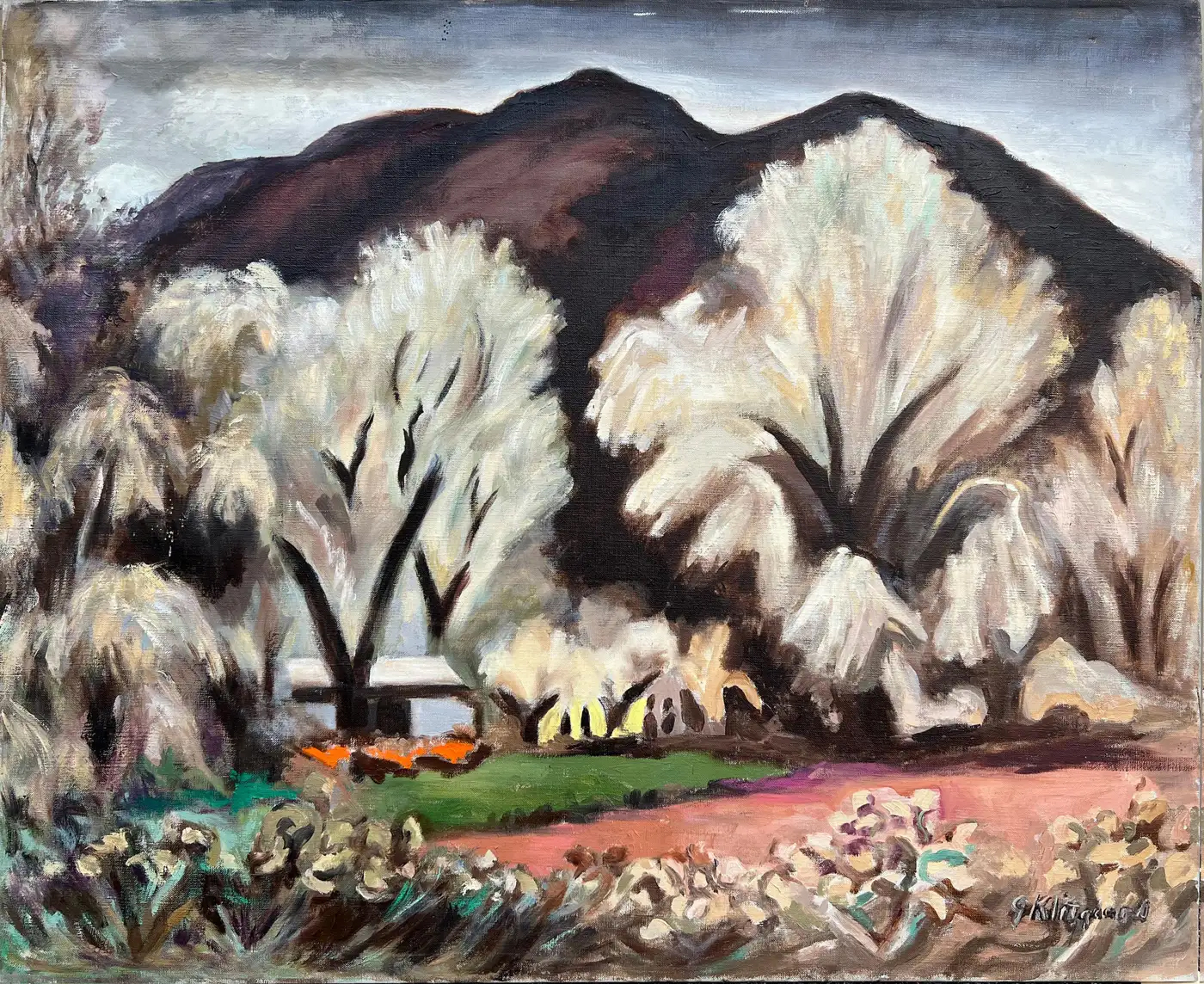
Any big-name buyers you can tell us about?
Gold: We have a policy to keep collectors confidential, but we have sold to celebrities, politicians and billionaires, and some of these sales have been on 1stDibs. We also do a lot of business with interior designers and art advisers.
Some of our favorite sales have been to museums. Theresa Bernstein’s Music Lovers, 1915, a painting we recently sold to the Met — a lifelong goal for both of us — was just unveiled in the museum!
Are you seeing an increase in the popularity of certain styles, eras or artists?
Gold: Abstract Expressionism and Color Field painting have risen to the top of popularity.
Also, collectors and museums have been intrigued by Black artists, Asian American artists and female artists. A lot of museums have been rehanging to more accurately represent the tremendous diversity of our country, and this has trickled down to galleries and collectors as a result. We have tried to be ahead of the curve when we can!

Can you tell us a bit about your current shows, “Gerome Kamrowski: An American Surrealist” and “Georgina Klitgaard: America Through Her Eyes”?
Sterngass: Gerome Kamrowski is one of our favorite artists at the moment and an artist whom everyone on both sides of the Atlantic should know. He was one of the few American Surrealists in the nineteen forties; was highly respected by the father of Surrealism, André Breton; and created the first drip painting in collaboration with Jackson Pollock and William Baziotes, in 1939 to 1940.
He moved out of New York in 1946 to take a professorship at the University of Michigan, and as a result, his contributions to both Surrealism and Abstract Expressionism are not as recognized as they should be. We are presenting his nineteen-forties works right now and will present nineteen-fifties and -sixties works in an exhibition next year.
More forgotten is Georgina Klitgaard, a Woodstock-based modernist who exhibited at the same gallery as Edward Hopper, Reginald Marsh and Charles Burchfield. Her paintings from the late nineteen twenties through the nineteen forties are great examples of American Scene Painting. Our exhibition explores her travels throughout the nation.

What do you have coming up?
Gold: The next exhibition at our Chelsea gallery is of Color Field painter Edward Zutrau. In early 2025, we’re exhibiting the work of female Surrealist Juanita Guccione, who is one to look out for, especially after a recent record auction price of over $200,000. Perhaps, she’s the next Leonora Carrington?
On the Upper East Side, we will have a group exhibition beginning in January on historical instructors of the Arts Students League, which is celebrating its 150th anniversary next year. It will be a wide array of artists, styles, media and prices.
What’s your favorite American art movement?
Sterngass: Ashcan School from nineteen hundred to nineteen twenty, or the WPA era, nineteen thirties to early forties.
Gold: New York School abstraction, nineteen forties to fifties.

What item do you love too much to sell and why?
Sterngass: The first painting I ever bought, and thus the beginning of a journey — it is a panel by Andreas Jawlensky that reminded me of my time in college studying abroad in Central Europe.
What item do you regret having sold and why?
Sterngass: A watercolor on silk by Chiura Obata. I have become extremely interested in early Japanese American artists. This was a fantastic and rare example that I sold for far too cheap.
What would be your dream artwork to own and why?
Sterngass: The Icebergs, 1861, by Frederic Church. It’s a masterpiece showing the natural wonders of this planet and the artistic abilities of humans. [END]
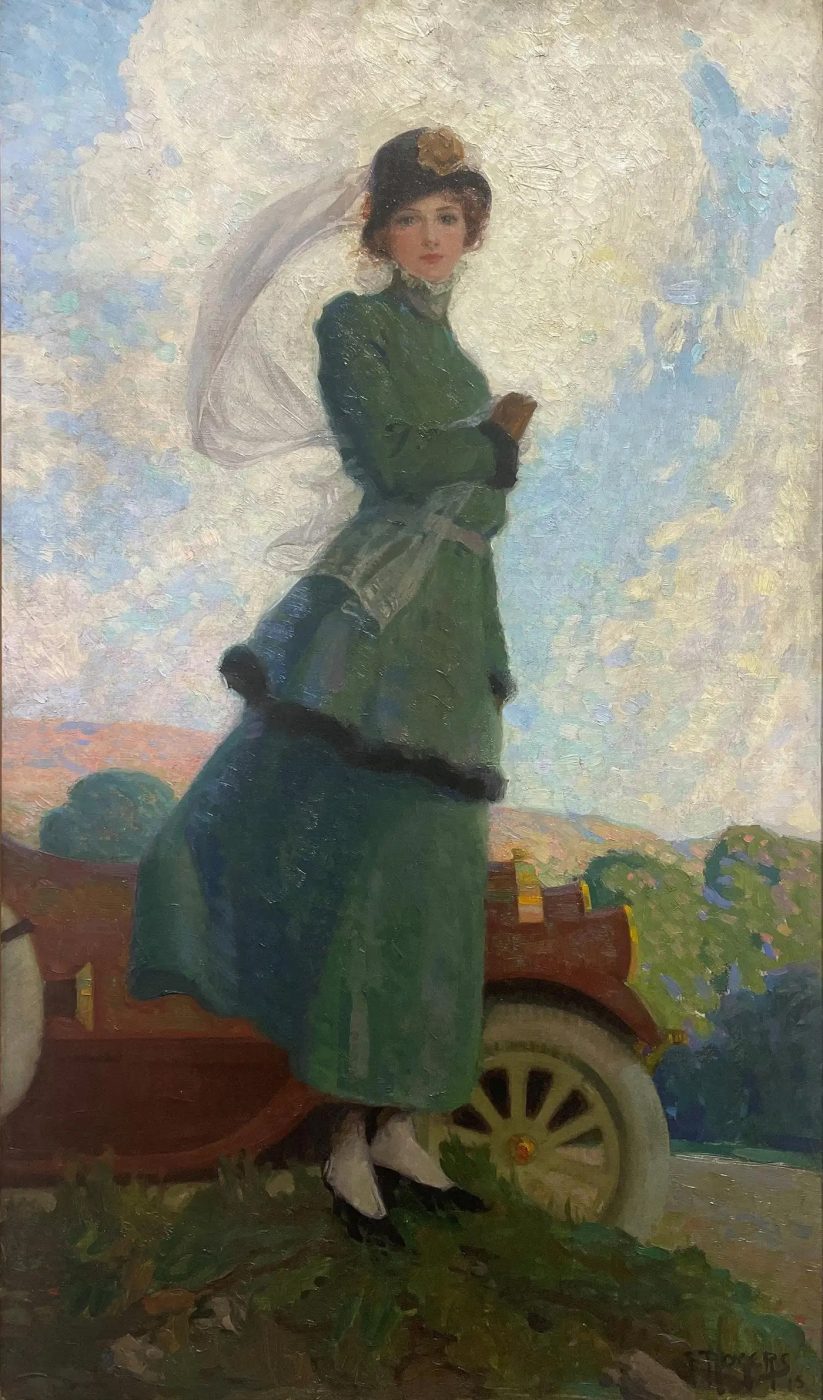
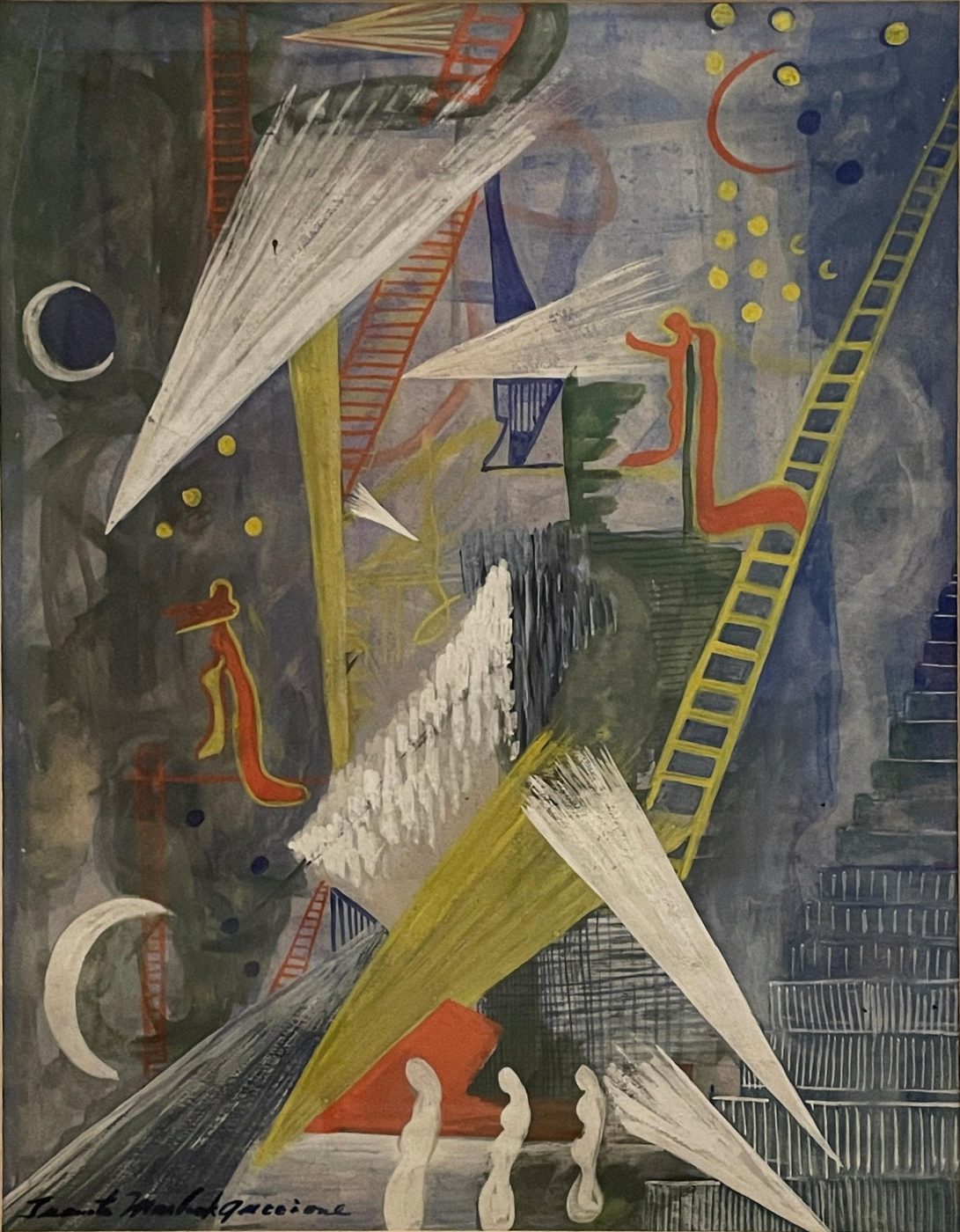

No comments:
Post a Comment